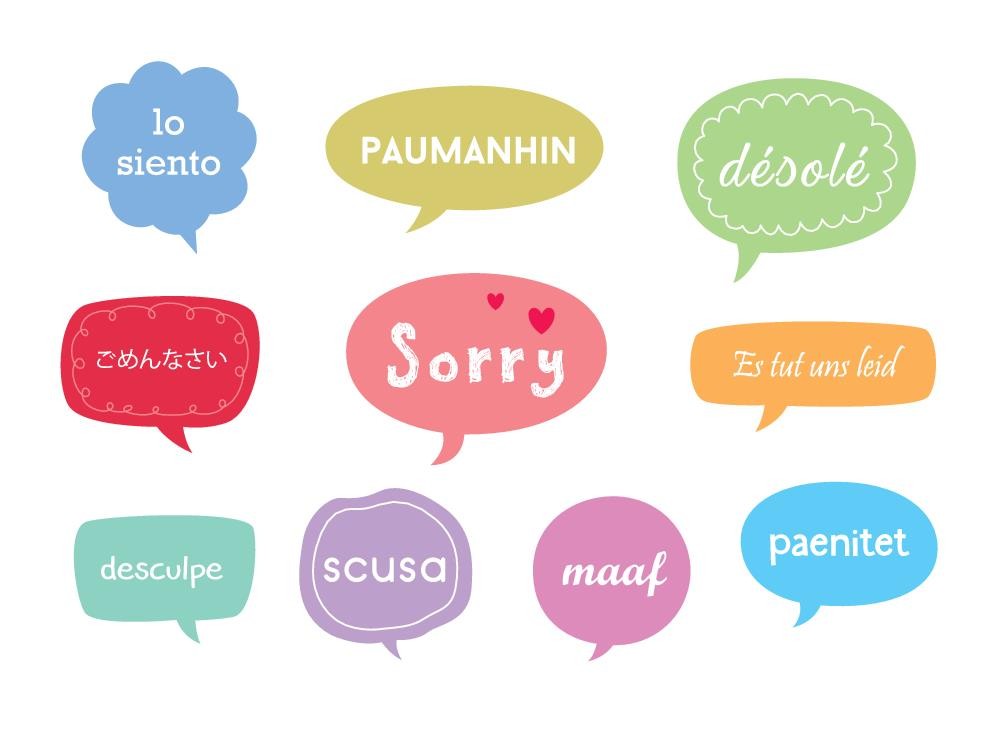
When your organization makes a mistake, it is only fair to make a sincere and clear apology on its behalf. This does not necessarily mean that a person has to admit fault; they can express regret for what happened. Regardless of who is to blame, you must sincerely and clearly apologize once to the customer. Apologies should never be partial or conditional.
Never blame anyone, become defensive, or pretend, for example, that staff shortages or budget cuts are to blame. The person is there to solve the problem, not to hear about yours.
When presented with an apology, the customer feels heard and understood. This can lessen their anger, which allows you to start regaining their trust.
The best thing to do is to say something along the lines of: “I am sorry about what happened and I understand what a nuisance this is. Here is what I am going to do to make this right.”
Suggestions:
- “Please accept my apologies for any inconvenience this may have caused you.”
- “I am sorry for the misunderstanding.”
- “This is an unfortunate situation and I would like to apologize.”